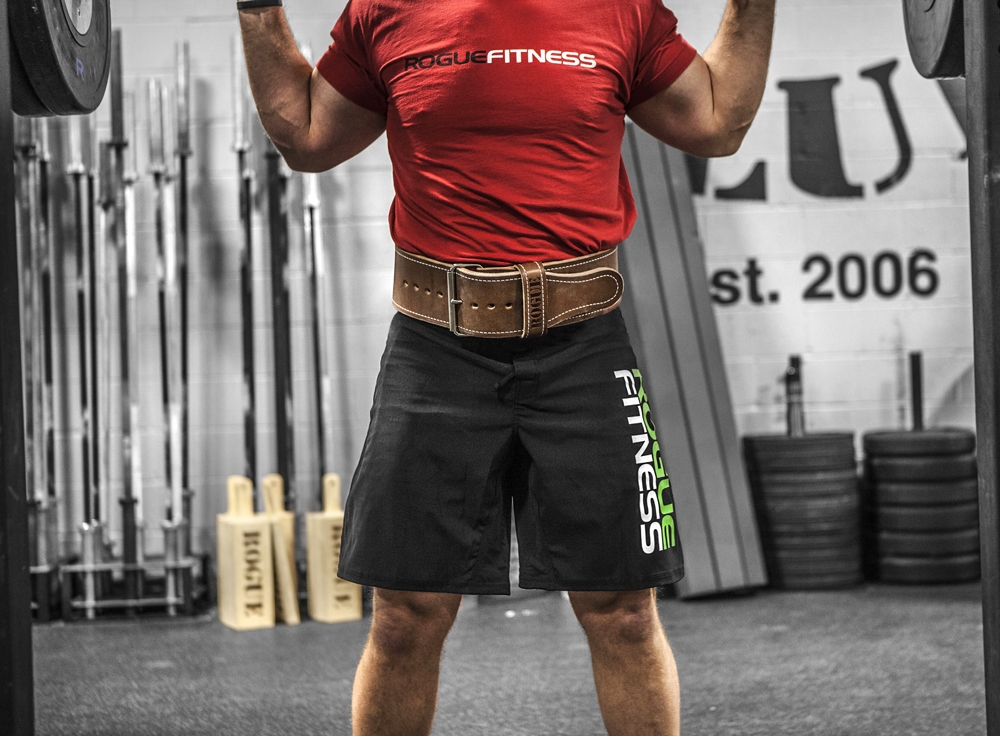The weight lifting belt is one of those defining pieces of equipment in the gym. Used properly and effectively it immediately distinguishes a serious lifter from the rest of the gym. Used improperly, it cements your position as the guy who has absolutely no idea what the hell he’s doing.
Before you know if you should be using a belt you need to know why people wear them in the first place. There are people out there who are going to tell you that belts are for “safety” and that they “protect your back”. Well, the fact is that this is simply not true. A lifting belt is a performance aid – plain and simple. It helps you lift more weight on lifts like the squat and deadlift.
How a Weight Lifting Belt Improves Performance
When you wear a belt you actually push your stomach out against it. This increases intra-abdominal pressure, which helps you maintain a rigid torso and helps you lift heavier weights. It really has nothing to do with preventing injury. In fact, relying on a belt too much is a surefire way to increase your risk of injury. By wearing a belt all the time, you are preventing the muscles throughout your midsection from getting as strong as possible. Since you have the belt there, those muscles don’t need to adapt to keeping you in position when the weight gets heavy.
There’s also another huge reason you don’t want to become too dependent on a belt: psychology. Too many lifters become so reliant on a belt for heavy lifts that they are too intimidated to lift anything heavy without one. This is usually under the guise of safety but the fact is that they are psychologically dependent on the belt. This represents a tremendous disadvantage in the gym – where you should always be as confident as possible.
With all that said you might get the idea that wearing a belt is always bad – not true! As mentioned above, the primary purpose of a belt is to help you lift more weight. If that’s the goal then go for it! There are times when it is completely appropriate to wear a belt in order to get more weight on the bar. After all, heavier weight means more intramuscular tension. More intramuscular tension means building more muscle! It’s vital, however, to know that if you have the belt on and go for more weight you still need to use excellent lifting technique.
Generally speaking you should reserve usage of a lifting belt to attempting lifts over 90% of your 1RM. It can be a great tool when going for a PR attempt, especially if you are at the end of a strength peaking cycle. This is the perfect time to take advantage of the weight lifting belt’s ability to let you handle more weight. If you do decide to use one, make sure it’s on appropriate lifts. The squat and deadlift are the most traditional choices for using a belt but it can also be extremely beneficial on very heavy overhead presses. Just don’t be the guy doing curls with a belt on – they make us all look bad!
Ultimately, the choice to use a weight lifting belt is up to you. Some lifters prefer the added strength that a belt can give while others prefer to get as strong as possible without it. Many strong lifters have come from both sides of the story and you need to decide what is best for you.
